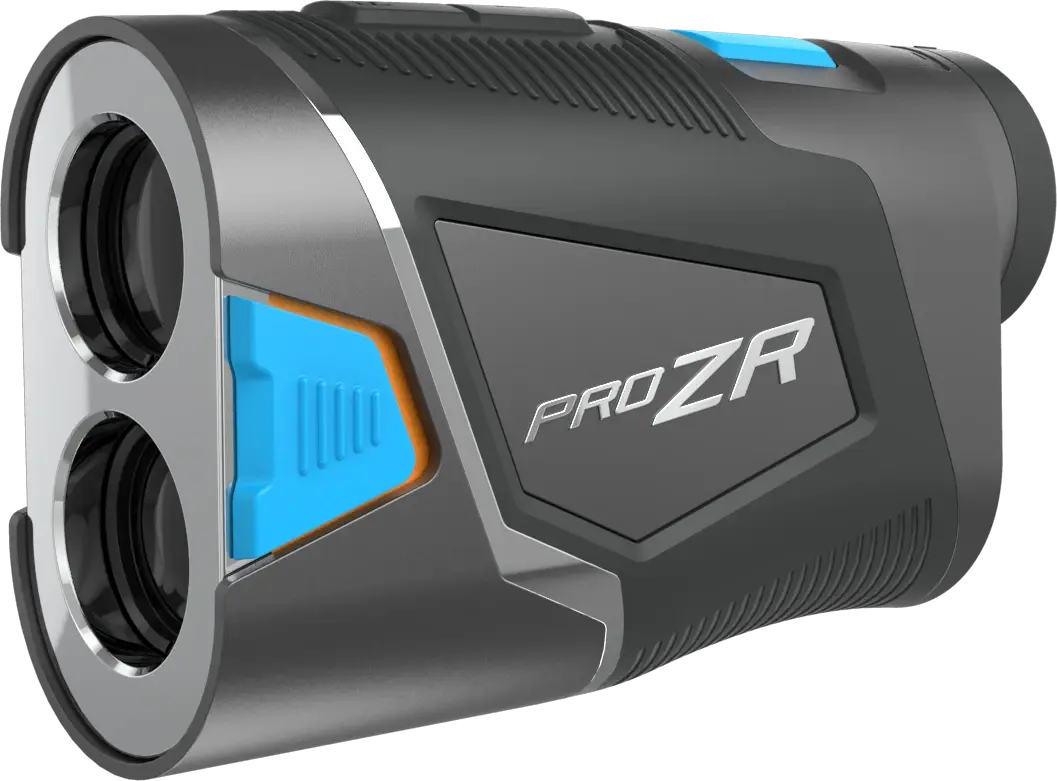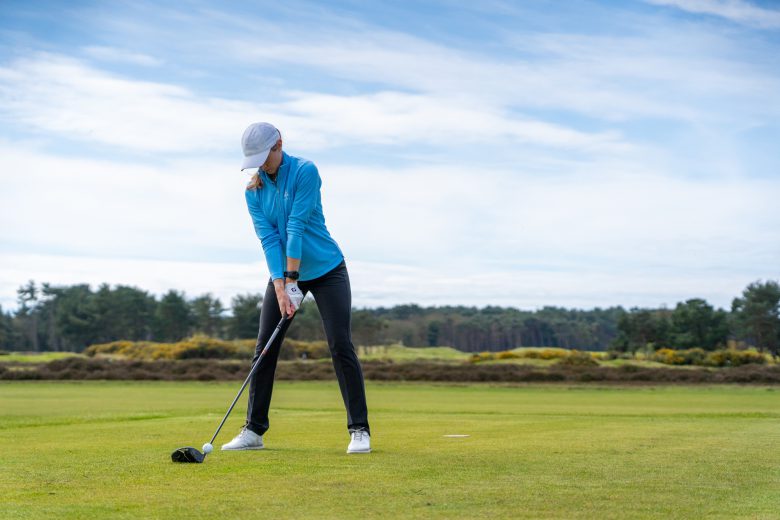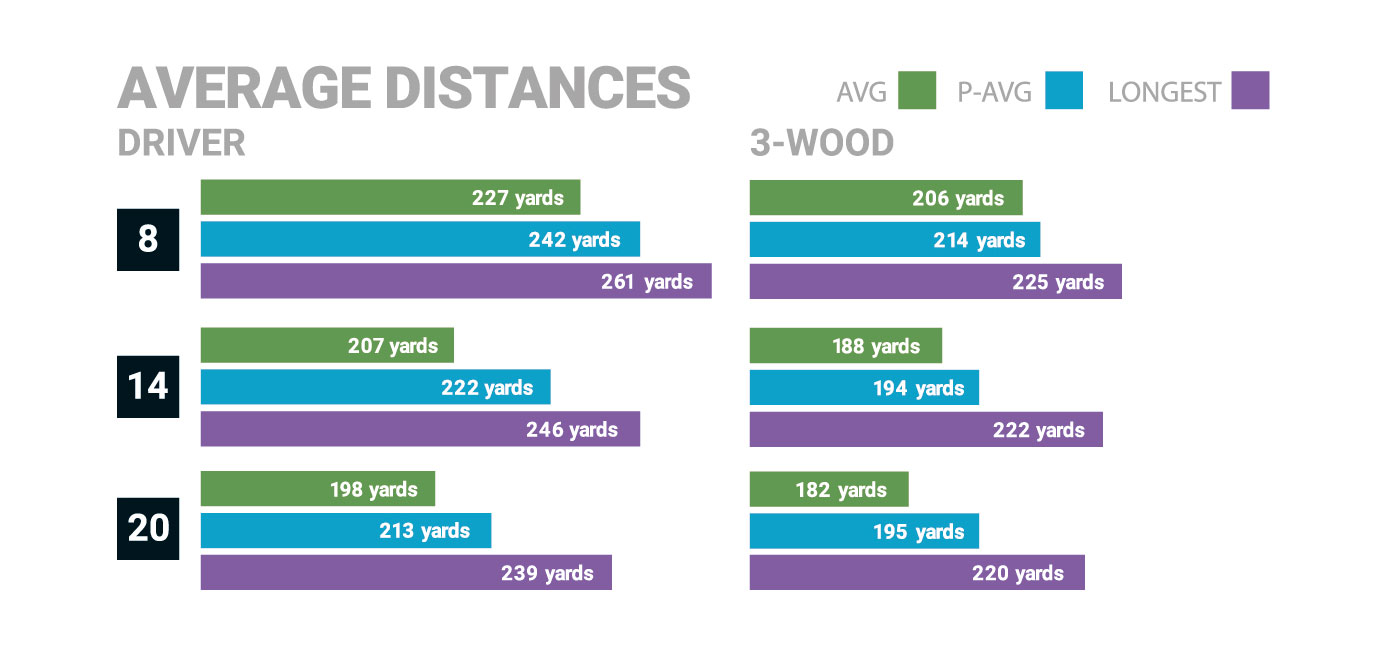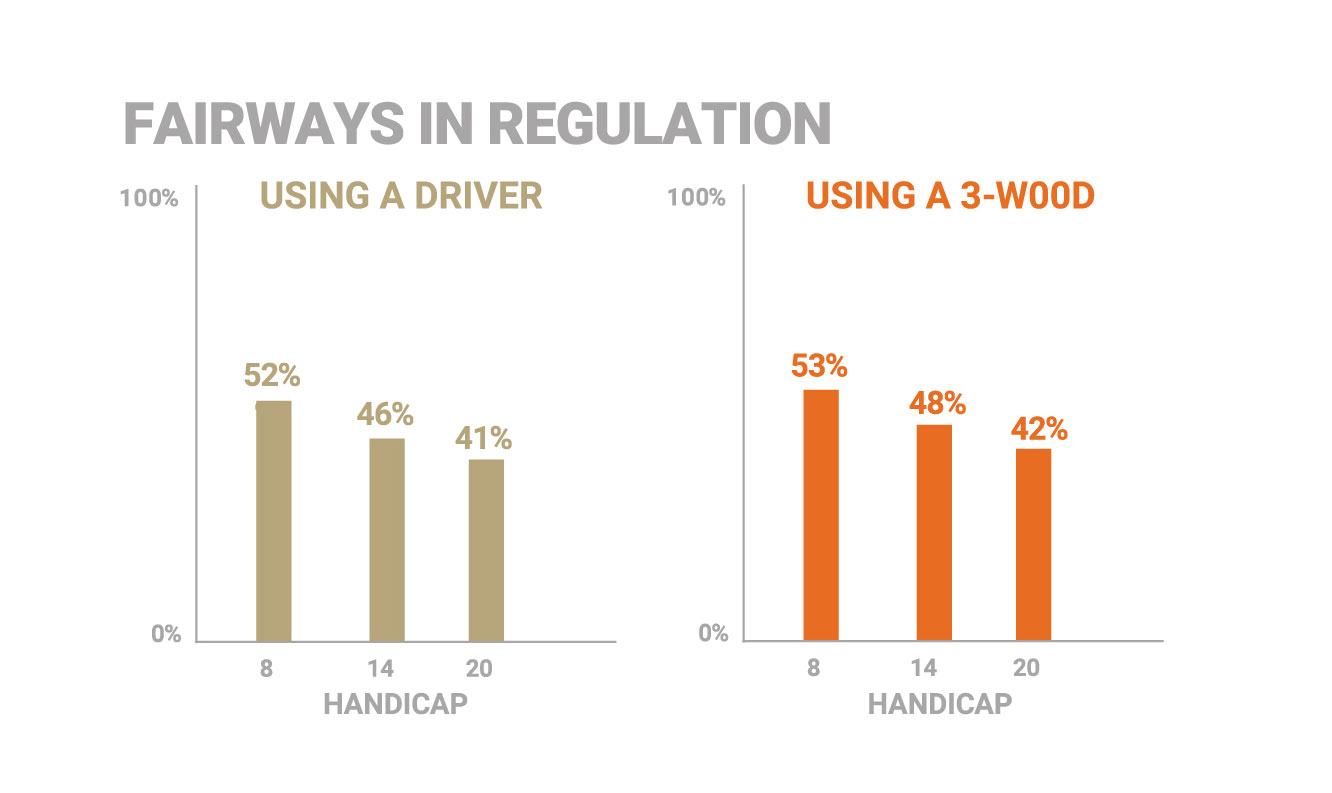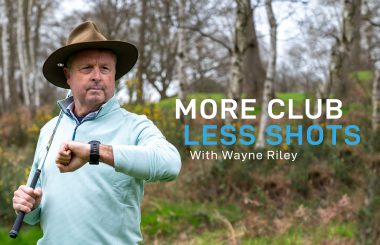Driver or 3 Wood? What is better off the tee?
19 September 2019
Driver or 3 wood
Shot Scope allows us to see if we are more accurate with driver or 3 wood. To make Shot Scope information more relevant to the individual golfer, we ask users to enter their handicap into the system. This allows us to see how performance changes with skill level, and as you can see we have split the data here into 8, 14 and 20 handicaps.
Average Distances
Generally golfers think they hit the ball further than they actually do. A golfer will normally assume their longest distance is close to their average distance. Shot Scope P-AVG (Performance Average) removes outliers both long and short to give an accurate club distance for what a golfer would describe as a ‘good’ shot.
It is noticeable that there is a drop off between handicaps with drivers, yet not as much with 3 woods. A theory would be, increased loft from a 3 wood will help most golfers reach their distance potential.
When asked which club is straighter their driver or 3 wood, many golfers would think the latter would find the fairway more often – but this is not the case.
On average, a 3 wood hits 1.5% more fairways in regulation. But considering the distance difference between driver and 3 wood (see above) there is not much advantage to hitting a 3 wood from the tee, unless there is a hazard in range with your driver.
This tells us that a typical amateur golfer should be pulling out Driver more frequently than 3 wood when standing on the tee.
Shot Scope captures data from all around the world. It is used globally in 52 countries. Shot Scope are the innovators of the first ever golf watch with both GPS and Performance Tracking combined in one device. Go to shotscope.com to find out more.





